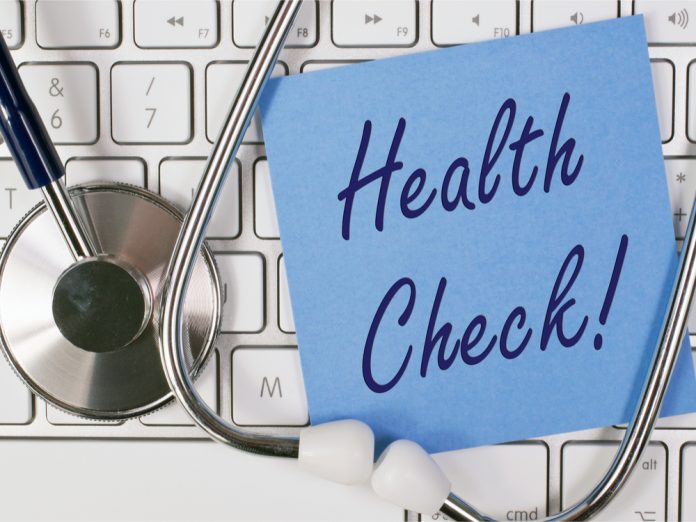While it’s true that our prostates get bigger as we age, these problems aren’t limited to older men. In fact, men all across the age spectrum can experience prostate problems that range from mild infections like prostatitis to more serious conditions like cancer. A prostate exam can be a quick and easy way to discover these conditions in time and treat them efficiently.
So, what is the right time to have a prostate exam?
Demographics that Are at Risk of Prostate Cancer
According to the American Cancer Society, several groups should consider having a prostate exam:
- Men aged 50 and older who are expected to live at least for another 10 years and are at average risk of prostate cancer.
- Men aged 45 who are at high risk of prostate cancer. African Americans and people who have a first-degree relative (brother, father, or son) that was diagnosed with prostate cancer under before the age of 65 are at a high risk.
- Men aged 40 who are at very high risk. This includes people who have at least two first-degree relatives that had prostate cancer before the age of 65.
How Does the Exam Look?
To determine whether you have prostate cancer, the doctor will likely order a simple blood test called Prostate-specific antigen (PSA) test. Healthy men have less than four nanograms per milliliter of PSA in their blood. If your PSA levels are between four and 10, there is a 25% chance you have prostate cancer.
To check for lumps and suspicious areas, doctors can also perform a digital rectal examination (DRE). Although it sounds painful, this exam is only slightly uncomfortable, and it can tell the doctor much about the state of your prostate.
Conclusion
The right time to have a prostate exam depends on your risk of prostate cancer. However, if you experience common prostate problems like blood in the urine or painful urination, you should talk with your doctor about a possible exam immediately.




